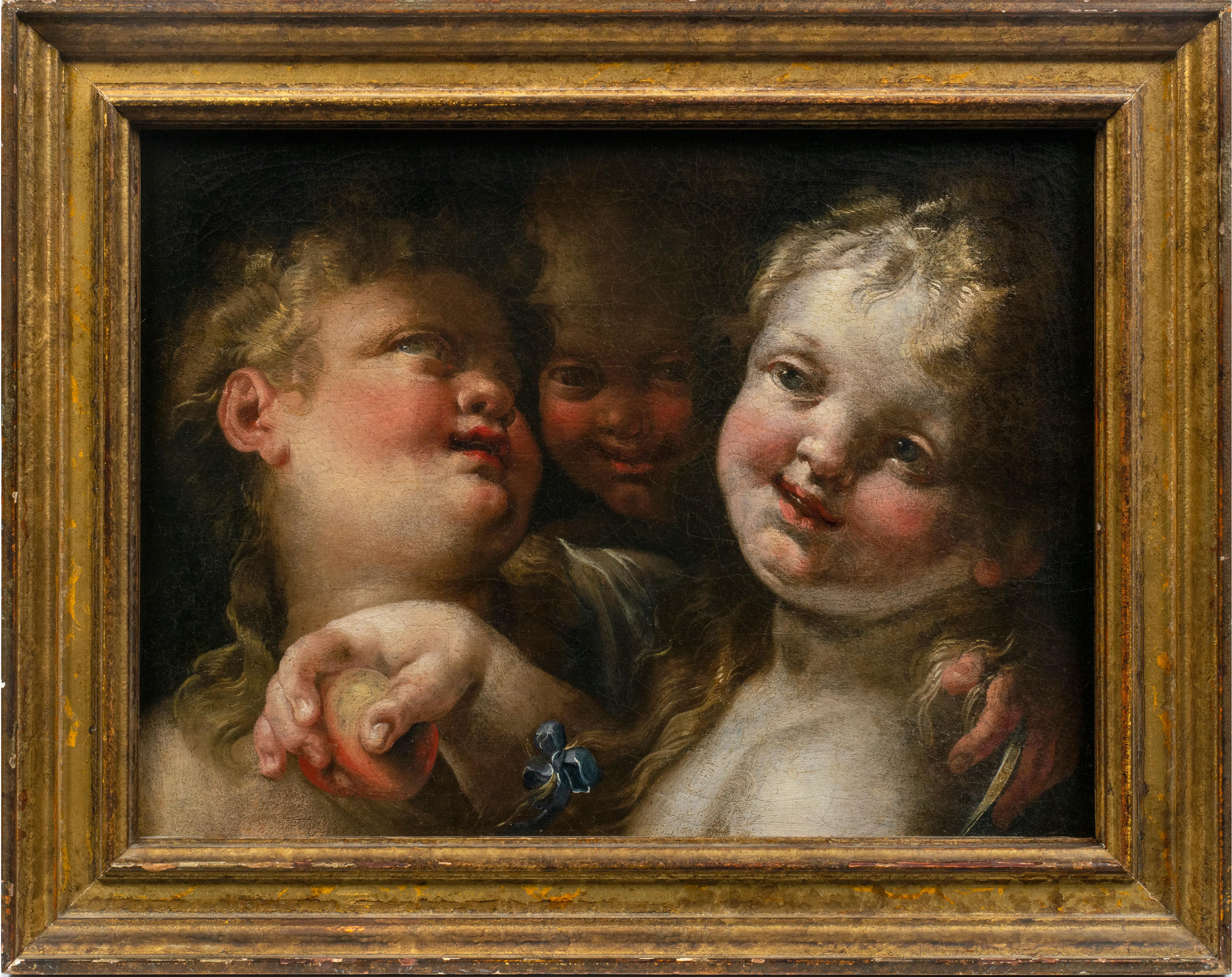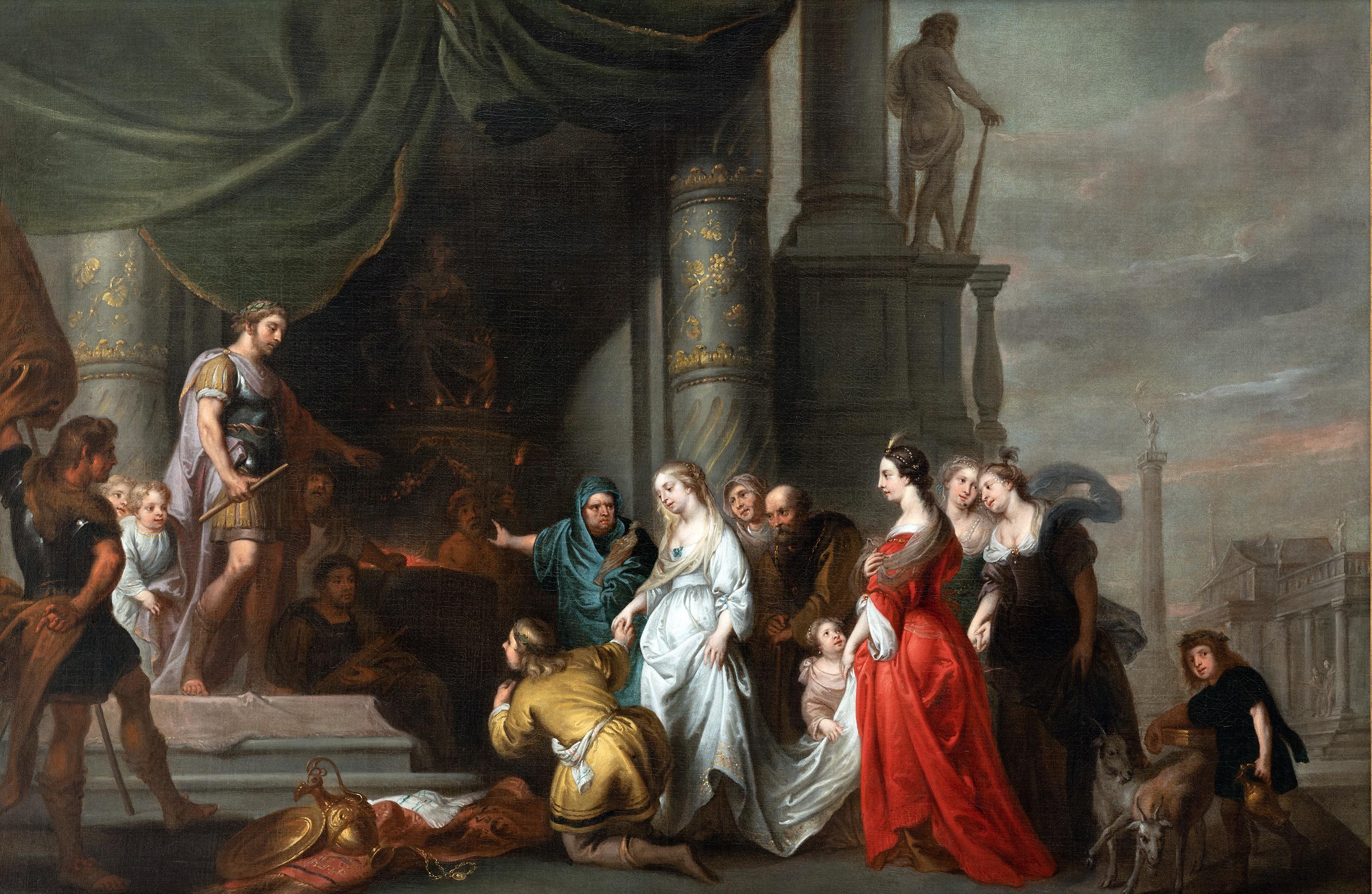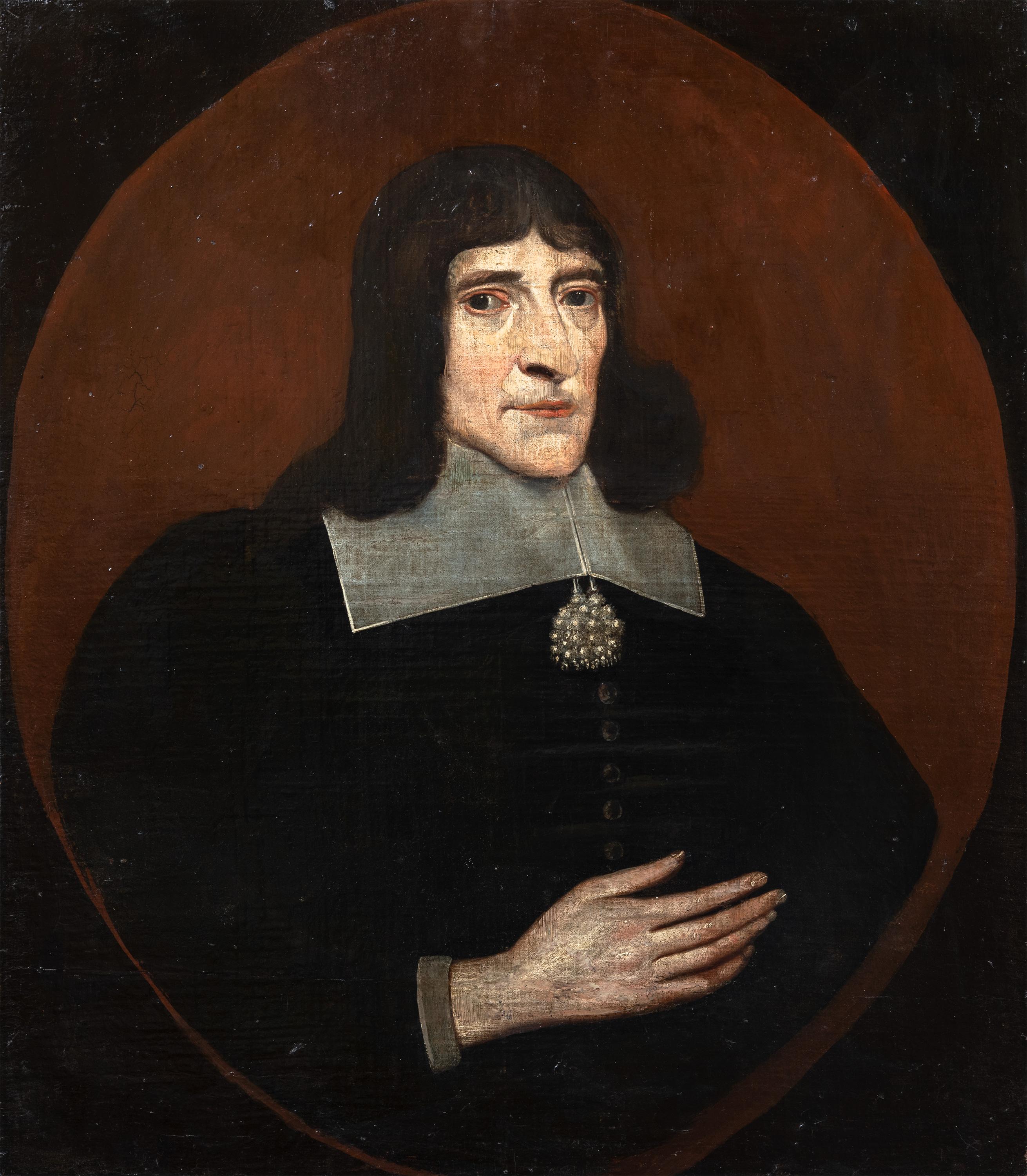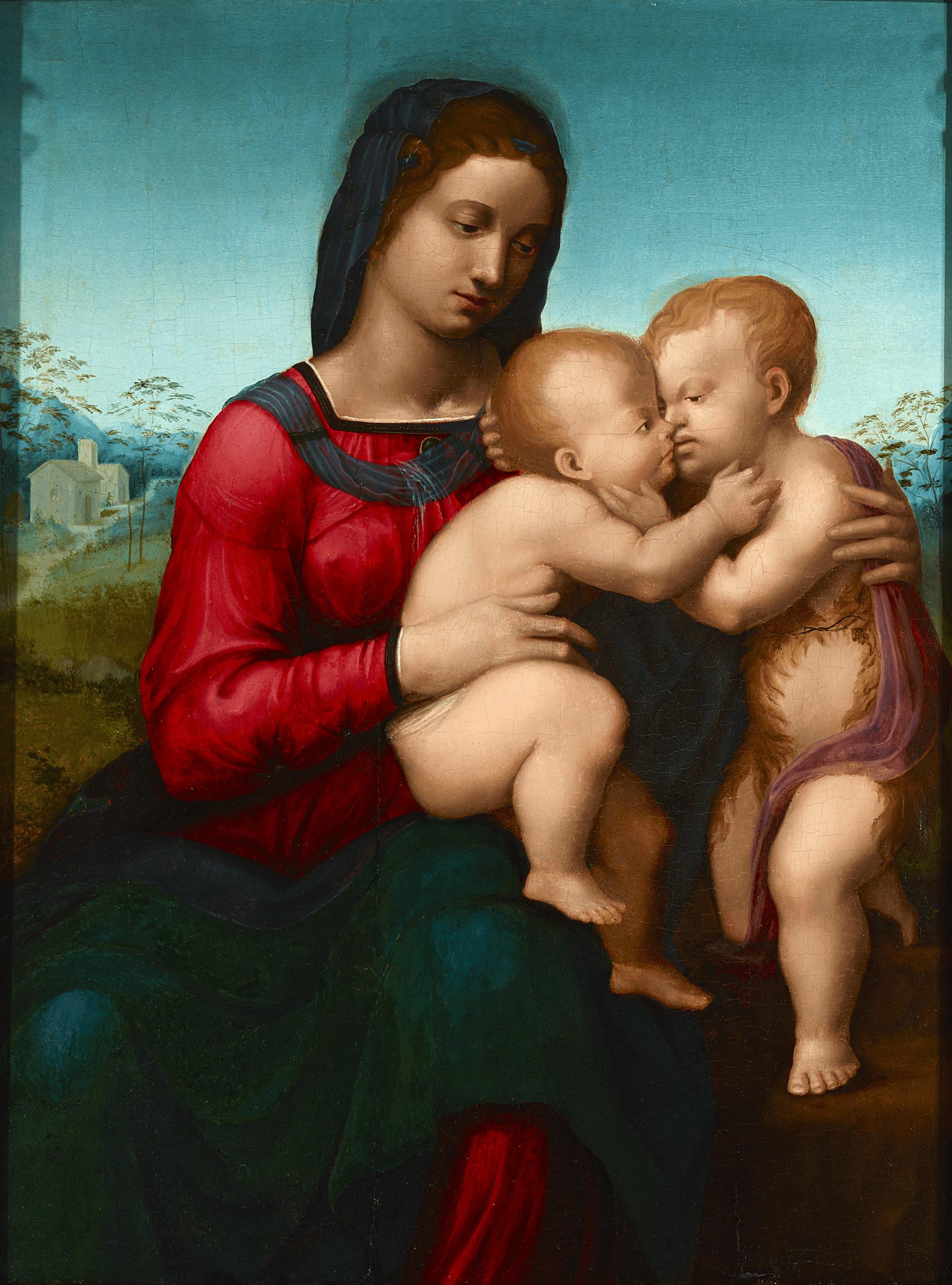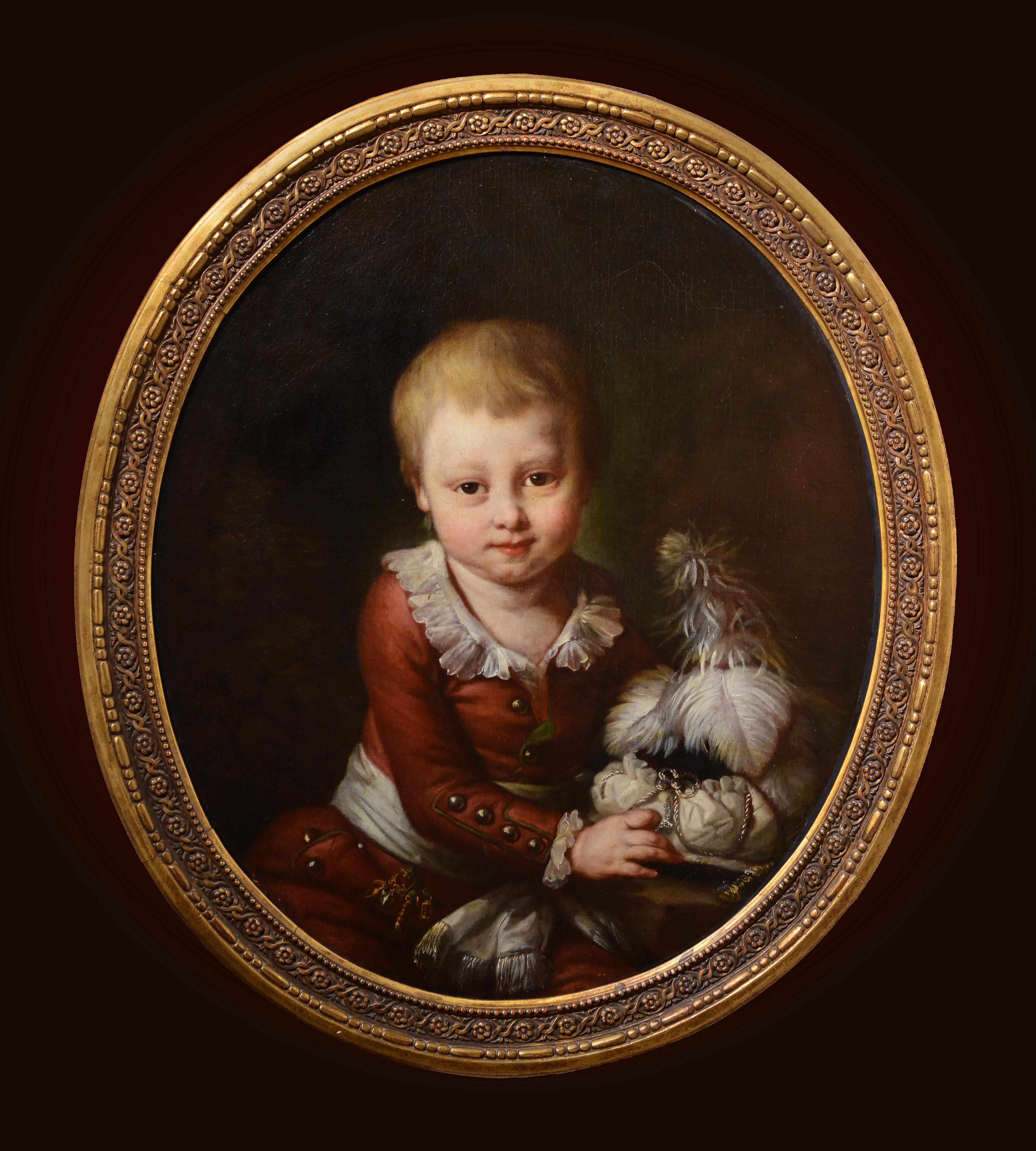'Portrait of a Lady' 18th Century oil on canvas cicle of Godfrey Kneller c1700
View Similar Items
Want more images or videos?
Request additional images or videos from the seller
1 of 8
Unknown'Portrait of a Lady' 18th Century oil on canvas cicle of Godfrey Kneller c17001700
1700
About the Item
- Creation Year:1700
- Dimensions:Height: 37.01 in (94 cm)Width: 31.89 in (81 cm)
- Medium:
- Movement & Style:
- Period:
- Condition:
- Gallery Location:Frome, GB
- Reference Number:1stDibs: LU121024324322
About the Seller
5.0
Vetted Seller
These experienced sellers undergo a comprehensive evaluation by our team of in-house experts.
1stDibs seller since 2019
26 sales on 1stDibs
More From This SellerView All
- Mid 20th Century Portrait of a Young Woman oilLocated in Frome, SomersetA fine shoulder length portrait of a young woman circa 1940's-1950's Continental School. A fine shoulder length portrait of a young woman circa 1940's-1950's Continental School. oil ...Category
Mid-20th Century Romantic Portrait Paintings
MaterialsOil
$661 Sale Price20% Off - 'Still Life, Joan of Arc Momento Mori' oil on canvas circa 1910By James PatersonLocated in Frome, SomersetA fine oil by James Paterson (1854-1932) circa 1910's. oil on canvas 51cmx64cm Antique oak frame with giltwood slip frame 73cmx 83cm An interesting still life compostion consisting essentially of momento mori objects with sprigs of flower blossom. All relate to the life of Joan of Arc. Good original condition having craquelure to the paint surface, small areas of blistering which is stable. James Paterson's oil paintings make up to 10,000USD at auction alone. Viewing welcome. Higher resolution images available. Worldwide shipping arrangeable. James Paterson PRSW RSA RWS (21 August 1854 – 25 January 1932), was a Scottish landscape and portrait painter associated with The Glasgow Boys movement of artists. He is best known for his landscape paintings of Dumfriesshire, where he lived, at Moniaive from 1885 to 1905. ames Paterson was born at Blantyre, near Glasgow on 21 August 1854, the eldest son of Andrew Paterson (1819-1907) and his wife Margaret Hunter (1817-1901). The Hunter family were sewed muslin manufacturers in Glasgow. When his father was orphaned at nineteen his uncle James Hunter appointed him a foreman in his warehouse and took him into partnership two years later at the early age of twenty-one. His father was a good watercolourist as well as one of the earliest amateur photographers in Scotland and most of his family developed artistic interests. James' brother William, born 1859, later became the owner of a gallery in Bond Street, London and his youngest brother Alexander, born 1862, became an architect.James studied at the Glasgow School of Art under Robert Greenlees and subsequently in Paris under Louis Jacquesson de La Chevreuse (1839-1903) and Jean-Paul Laurens (1838-1921). A couple of years after returning to Scotland he married, in 1884, Eliza Grier Ferguson, daughter of an engineer, William Ferguson...Category
1910s Realist Still-life Paintings
MaterialsOil
$3,001 Sale Price31% Off - Impressionist View of a Vineyard and Fish Pond oil on canvas circa 1951Located in Frome, SomersetA fine Impressionist oil on canvas. Signed Lower left. oil on canvas 62cmx52cm Fine antique giltwood frame 80cmx70cm A view of the famous long established Vineyard, the Estate of Gro...Category
1950s Impressionist Landscape Paintings
MaterialsOil
$1,984 Sale Price37% OffFree Shipping - Snowdrifts in a Wooded Landscape oil on canvas circa 1950'sLocated in Frome, SomersetWonderful post Impressionist oil on canvas of sunlit snowdrifts in a wooded landscape with a lodge in the background. Circa 1950. oil on canvas 40cmx50cm the original frame 52cmx62cm...Category
Mid-20th Century Impressionist Landscape Paintings
MaterialsOil
$559 Sale Price41% OffFree Shipping - Sylvette Chanel (fl 1953-1994) French Landscape/Town oil circa 1960'sLocated in Frome, SomersetSylvette Ammann Chanel (fl 1953-1994) French. Le pont de Bois. oil on board 37cmx46cm original french frame 50cmx58cm Viewi of a French town showing the old wooden bridge and clock T...Category
1960s Post-Impressionist Landscape Paintings
MaterialsOil
$559 Sale Price20% OffFree Shipping - Post Impressionist/ Modernist Still Life with Landscape oilLocated in Frome, SomersetA fine still life with a landscape oil circa 1990's. Signed MW : Margaret Webb, the well exhibited contemporary gallery artist. Oil on board 51cmx 61cm G...Category
1980s Modern Still-life Paintings
MaterialsOil
$559 Sale Price32% OffFree Shipping
You May Also Like
- Portrait of a Bewigged GentlemanBy Vittore GhislandiLocated in New York, NYVittore Ghislandi, called Fra Galgario Provenance: Robert L. and Bertina Suida Manning, New York, ca. 1966-1996 Private Collection, USA Exhibited: “Eighteenth Century European Pai...Category
18th Century Baroque Paintings
MaterialsCopper
- Head of a Classical Poet (Socrates?)By Pier Francesco MolaLocated in New York, NYProvenance: Possibly Antonio Amici Moretti, Rome, 1690 Roy Clyde Gardner, Union, Mississippi, 1970s until 2004; by whom given to: Mississippi Band of Choctaw Indians, 2004-2010 Lit...Category
17th Century Baroque Paintings
MaterialsCanvas, Oil
- Portrait of a Gentleman, Halung, Court Painter Schildbach, Gotha, Convex CopperLocated in Greven, DEChristian Schildbach was a very talented artist with his own style. Art painter in Plauen, then court painter in Dresden; around 1706 art painter in Vienna, also active in Bamberg (...Category
18th Century Baroque Portrait Paintings
MaterialsCopper
- Three AngelsBy Domenico Piola the ElderLocated in New York, NYProvenance: Robert L. and Bertina Suida Manning, New York, until 1996 Private Collection, USA One of the leading artists in Genoa during the second half of the seventeenth century, Domenico Piola came from a successful family of artists, renowned for their many illusionistic ceiling programs throughout Genoese churches and palaces. A prolific draughtsman and painter, Domenico oversaw an extremely productive studio. In addition to his collaborations with numerous other artists, Domenico also provided many designs for book illustrations and prints that circulated throughout Europe, earning him international exposure and high acclaim in his own day. As Dr. Anna Orlando has indicated (written communication), the present work is an early work by Piola, datable from the late 1640s. At this time the young artist came strongly under the influence of Castiglione and Valerio Castello, while admiring the works of Giulio Cesare Procaccini. Piola’s works from this period are exuberant and fluid, and the artist’s love of portraying children is evident from the angels and putti that populate both his altarpieces and more intimate paintings. The present work depicts three angels...Category
17th Century Baroque Figurative Paintings
MaterialsCanvas, Oil
- Continence of Scipio, Erasmus Quellinus, School Rubens, Baroque Art, Old MasterBy Erasmus Quellinus the YoungerLocated in Greven, DEErasmus Quellinus The Continence of Scipio Oil on Canvas The painting is included in the Catalogue Raisonné of the artist. The Roman commande...Category
17th Century Baroque Figurative Paintings
MaterialsOil, Canvas
$27,887 Sale Price20% OffFree Shipping - Portrait of a GentlemanBy Ippolito Scarsella (Scarsellino)Located in New York, NYProvenance: Suida-Manning Collection, New York Private Collection Exhibited: Venetian Paintings of the Sixteenth Century, Finch College Museum of Art, New York, October 30-December 15, 1963, no. 31. Veronese & His Studio in North American Collections, Birmingham Museum of Art, Oct. 1-Nov. 15, 1972, and Montgomery Museum of Fine Arts, Dec. 5-Dec. 31, 1972 Literature: Robert L. Manning, A Loan Exhibition of Venetian Paintings of the Sixteenth Century, exh. cat. New York 1963, cat. no. 31ill., as by Veronese Stephen Clayton and Edward Weeks, eds., introduction by David Rosand, Veronese & His Studio in North American Collections, Birmingham 1972, as by Veronese, p. 38 ill. Terisio Pignatti, Veronese, Venice 1976, I, p. 199, cat. no. A225, II, fig. 908, as attributed to Veronese Terisio Pignatti and Filippo Pedrocco, Veronese; catalogo completo dei dipinti, Florence 1991, no. 54°, as attributed to Veronese. Terisio Pignatti and Filippo Pedrocco, Veronese, Milan 1995, II, pp. 517-518ill., cat. no. A 56, under attributed paintings, by Veronese and workshop) John Garton, Grace and Grandeur; The Portraiture of Paolo Veronese, London-Turnhout 2008, p. 237, fig. 77, cat. no. R16, as workshop of Veronese. Scarsellino’s art is widely regarded as critical link between the Renaissance and the Baroque styles in Emilian painting; not only was he an important transmitter of the heritage of the Renaissance, but he was also open to innovative ideas, and was one of the earliest to experiment with the trend to naturalism that would become fundamental to art of the new century. Born around 1550, he received his earliest training from his father Sigismondo, an architect and painter; it was probably while working at his father’s side as a youth that he acquired the nickname Scarsellino, or “little Scarsella”. After absorbing the principles of his art in Ferrara and Parma, he went to Venice in 1570, staying for four years and working in the shop of Veronese. In the following decade, his art —especially in terms of its piety and its development of landscape— demonstrates a strong sympathy with that of the Carracci, with whom he worked in 1592-1593 at the Palazzo dei Diamanti in Ferrara. Maria Angela Novelli and later Alessandra Frabetti both propose that Scarsellino traveled to Rome, although such a trip has not been documented; if he did travel to Rome, it probably would have occurred during the years that Scarsellino’s colleagues Agostino and Annibale Carracci were there, that is, beginning in 1595 and until 1609. The last decades of Scarsellino’s career again involve stylistic experimentation, this time in a manner that would bring his work very close to the progressive figurative naturalism of Carlo Bononi and prepare the way for Guercino. The present portrait of a distinguished gentleman had been long thought to be by Paolo Veronese and was in fact attributed to him by such distinguished connoisseurs as Adolfo Venturi and Wilhelm Suida. The portrait’s style is, however, distinct from Veronese’s, although clearly indebted to it, and the attribution to the young Scarsellino is wholly convincing. The painting would then date from the 1570s – a date confirmed by the costume the subject wears. The puffed hat that appears in the painting had a rather short-lived vogue in the early 1570s. One sees it in Giambattista Moroni’s Portrait of Count...Category
18th Century and Earlier Baroque Portrait Paintings
MaterialsCanvas, Oil
Recently Viewed
View AllMore Ways To Browse
Antique Kits
Oil Portrait 1700
English Followers
Velvet Slip Dress
Wood Carved Painted Cat
Antique Black Velvet Paintings
Oil Portrait English 19
Antique China Cat
Antique China Cats
Isaac Newton
Portrait Baronet
Chinese Wood Carved 17th Century
Sir Peter Lely
Sir Peter Lely Portraits
Oil Lady Cat
Oil On Canvas French 1700
I French Portraits 17th Century
17th Century Sir Peter Lely Oil Portrait


